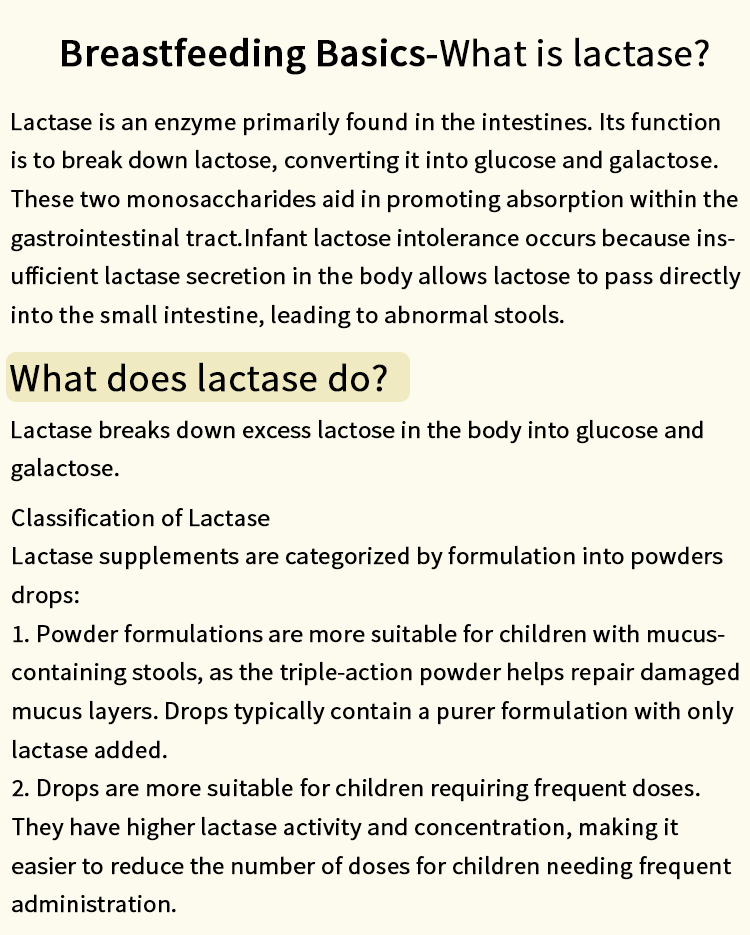In an era where sustainability and environmental consciousness are at the forefront of consumer choices, paper products often present themselves as a more eco-friendly alternative to plastic. However, while they may seem benign, a closer examination reveals several disadvantages that merit consideration. This article delves into the multifaceted drawbacks of paper products, exploring their environmental impact, economic implications, and practical limitations.
- Environmental Impact: Beyond the Surface
1.1 Deforestation and Habitat Loss
One of the most significant environmental concerns associated with paper products is deforestation. The production of paper requires vast amounts of wood, leading to the depletion of forests. This not only threatens biodiversity but also disrupts ecosystems that rely on these habitats. The loss of trees contributes to soil erosion, reduced carbon sequestration, and altered water cycles, exacerbating climate change.
1.2 Water and Energy Consumption
The paper manufacturing process is notoriously resource-intensive. It requires substantial amounts of water—approximately 10,000 liters to produce one ton of paper. This high water usage can lead to water scarcity in regions where paper mills operate. Additionally, the energy consumption involved in pulping, drying, and processing paper contributes to greenhouse gas emissions, undermining the perceived environmental benefits of using paper over plastic.
1.3 Pollution and Waste
The production and disposal of paper products generate significant pollution. The chemicals used in the bleaching and processing of paper can contaminate water sources, harming aquatic life and affecting human health. Moreover, while paper is biodegradable, it still contributes to landfill waste when not recycled properly. In fact, paper products can take years to decompose in landfills, releasing methane—a potent greenhouse gas—in the process.
- Economic Implications: A Costly Choice
2.1 Higher Production Costs
The production of paper products is often more expensive than their plastic counterparts. This is due to the costs associated with raw materials, energy consumption, and labor. For businesses, this can translate into higher prices for consumers, making paper products less economically viable in competitive markets.
2.2 Recycling Challenges
While recycling is often touted as a solution to the paper product dilemma, the reality is more complex. The recycling process itself is energy-intensive and not always efficient. Contamination from food waste or other materials can render paper unrecyclable, leading to increased waste. Furthermore, the demand for recycled paper does not always meet supply, resulting in a reliance on virgin materials and perpetuating the cycle of deforestation.
- Practical Limitations: Functionality and Durability
3.1 Limited Durability
Paper products, while versatile, often lack the durability of alternatives like plastic or metal. Items such as paper bags, plates, and cups can easily tear or become soggy when exposed to moisture, limiting their functionality. This can lead to increased waste as consumers are forced to use multiple products to achieve the same level of utility that a single plastic item might provide.
3.2 Storage and Transportation Issues
The bulkiness and weight of paper products can pose logistical challenges. They often require more storage space and can be heavier to transport compared to their plastic counterparts. This can lead to higher transportation costs and increased carbon emissions associated with distribution, further undermining the environmental benefits of choosing paper.
Conclusion: A Balanced Perspective
While paper products are often perceived as a more sustainable choice, it is crucial to recognize their disadvantages. From environmental degradation and economic costs to practical limitations, the drawbacks of paper products are significant and multifaceted. As consumers, businesses, and policymakers navigate the complexities of sustainability, it is essential to consider the full lifecycle of products and seek alternatives that truly minimize environmental impact.





+ There are no comments
Add yours